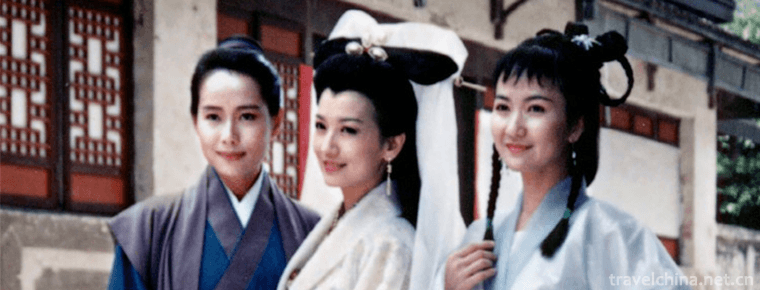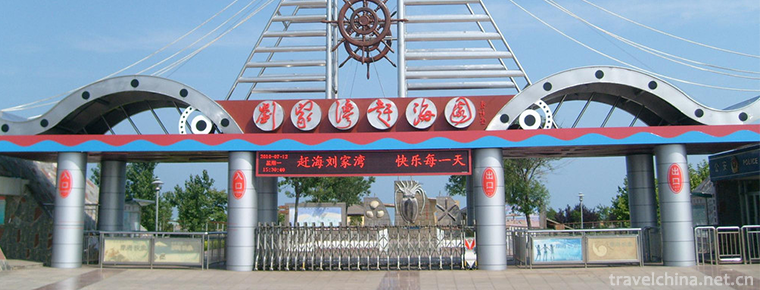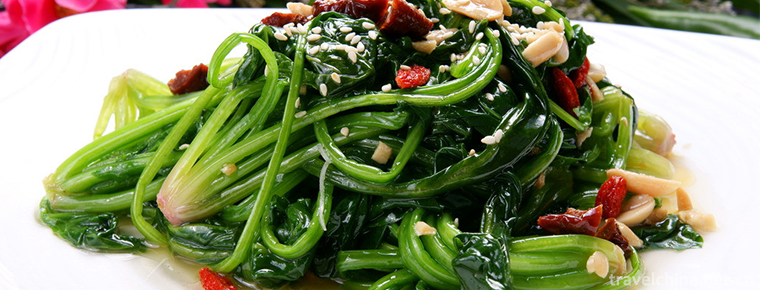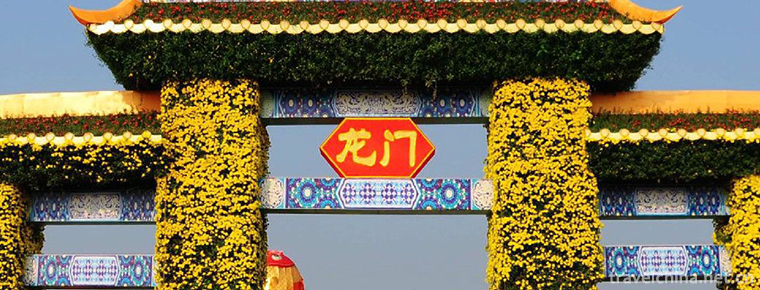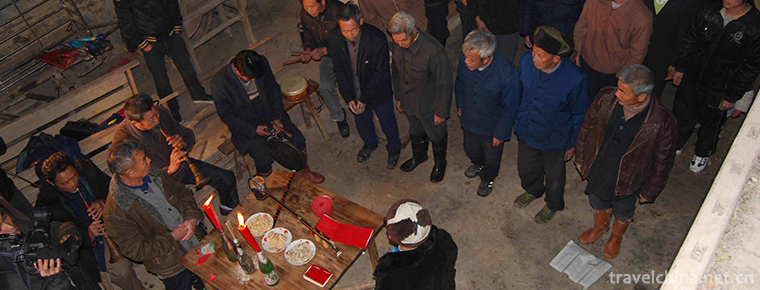Manchu Ergui wrestling
Manchu Ergui wrestling
Ergui wrestling is a traditional Manchu folk dance spread in the urban and rural areas of Longhua County, Hebei Province. It was formed in the late Qing Dynasty (around 1820 A.D.) and flourished between the late Qing Dynasty and the Republic of China. After the birth of New China, it was popularized and developed very quickly. During the Cultural Revolution, it was nearly extinct. Since 1984, after excavation, sorting and improvement of Longhua County's cultural department, it has gradually improved. It has become a cultural brand of Longhua and even Hebei Province. It has won many awards in various national competitions, which has aroused great repercussions throughout the country.
On June 7, 2008, Manchu Ergui wrestling was listed in the second batch of national intangible cultural heritage list with the approval of the State Council.
Skill
"Ergui wrestling" is a folk prop dance. The performers tie wooden wrestling props to their backs, squat their legs, wear a pair of thin-soled cloth boots with their hands upside down, and play each other's legs with their arms. With the accompaniment of the martial arts band, they perform the scene of two people's wrestling with both hands and feet. Its performance is powerful, humorous, collective performance momentum is magnificent, spectacular, highly ornamental and unique artistic charm. It combines unique props, sports and art, and has special historical, academic and research value. "Ergui wrestling" has won prizes in many national competitions, such as the national traditional minority sports games, the first international folk art festival, the first national single, double and triple dance competition, and the third national minority art festival. In June 2006, it was announced by the Hebei Provincial Government as the first batch of provincial intangible cultural heritage representatives. June 14, 2008 is a national intangible cultural heritage.
Historical evolution
"One man is worth two, hard to understand and hard to separate. If you throw yourself, you will decide the future. This is a poem about "Ergui wrestling" written by Chengde people. This legend began with the Manchu folk dance in the reign of Kangxi in the Qing Dynasty, and "fell" for more than 300 years along the way.
Ergui wrestling is not only the flower festival of Manchu people, but also a kind of sports activities. The performer is a person, but he can play two naughty children wrestling in braids by wearing cleverly made props. One person pretends to be two people wrestling, but imitates it vividly. It is difficult to distinguish the true from the false for a moment. It is funny and humorous.
The story of Kangxi's antagonism with Ao Bai is often regarded as a "selling point" in the movies and TV works, and "Ergui wrestling" is also closely related to them. At that time, Kangxi, a young man, held a wrestling competition in order to eliminate the obstacle on his way to power as soon as possible, and recruited warriors with high martial arts to help him. On May 16, 1669, the 16-year-old Kangxi finally got a chance. The warriors gathered to knock down the powerful assistant minister and the first-class official to the ground. Later, in order to celebrate Emperor Kangxi's saint-ming, the people specially transformed the scene of wrestling competition into a folk performance form of "two noble wrestling".
"Ergui wrestling" was not so called at first. Originally, it had a more externalized name, "Qiao Sumo", commonly known as "Ergui wrestling" by Chengde people. It was a performance sport with collective strength, intelligence and agility, and had been widely circulated. In the hundreds of years before the mid-1950s, this sport was quite popular in Chengde, and was often seen in Flower Fairs and festivals. Afterwards, influenced by various factors, "two ghosts wrestling" once disappeared. In the 1980s, "Ergui wrestling" was reorganized and processed by Chengde mass cultural workers and renamed "Ergui wrestling".
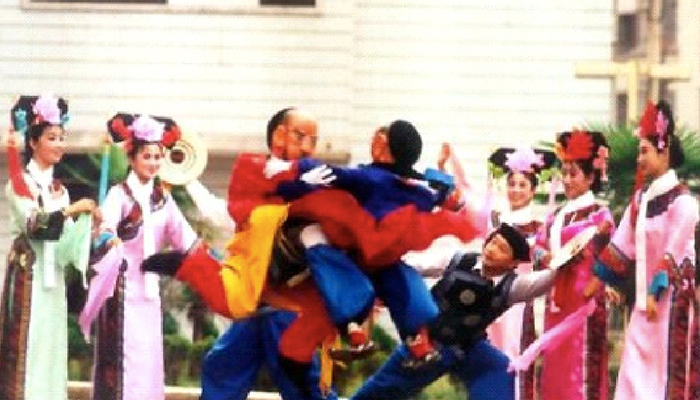


Manchu Ergui wrestling
-
Legend of White Snake
Legend of White Snake, local traditional folk literature in Zhenjiang City, Jiangsu Province and Hangzhou City, Zhejiang Province, is one of the national intangible cultural heritage.
Views: 179 Time 2018-12-15 -
Jingming Hot Spring Resort
Jingming Hot Spring Resort is the largest resort in China. It is located in Jingxi Garden Town, Jiexi County, Jieyang City, Guangdong Province. It is built by Shenzhen Anyuan Investment Group Co., Ltd
Views: 357 Time 2018-12-22 -
Baligou Scenic Area
Baligou Scenic Area is located in the deep mountain area of Shangbali Town, Huixian County, Xinxiang City, Henan Province, 50 kilometers northwest of Xinxiang City, the southern foot of Taihang Mounta
Views: 232 Time 2018-12-24 -
Liu Jiawan Chaihai Garden
Located on the eastern coast of Taolu Town, Donggang District, Rizhao City, Liujiawan Chaihai Garden is a national AAAA-level tourist attraction, a popular science education base, and a core scenic sp
Views: 137 Time 2018-12-26 -
Spinach with Eight Delicacies
Babao spinach is a traditional Shandong dish, which belongs to Shandong cuisine. It is rich in color, bright, delicious, light and refreshing. In addition to spinach, Babao spinach is also equipped wi
Views: 207 Time 2019-03-25 -
Legend of West Lake
The legend of West Lake is one of the local folklores in Hangzhou, Zhejiang Province. It is a national intangible cultural heritage list. Xihu beautiful mountains and rivers, snowflakes and moons, sin
Views: 145 Time 2019-07-01 -
Xiaolan Chrysanthemum Club
Xiaolan Town, located in the middle of the Pearl River Delta, is an important town in Zhongshan City, Guangdong Province. Xiaolan has the reputation of "Chrysanthemum City". Chrysanthemum cu
Views: 293 Time 2019-07-06 -
Folk Beating and Playing in Zhijiang
Zhijiang folk wind and beating music is a kind of traditional folk music art which is widely active in Zhijiang area of Hubei Province. After years of development and evolution, the folk blowing and p
Views: 271 Time 2019-07-25 -
Rongxian Giant Buddha
Located in the eastern suburb of Rongxian County, Sichuan Province, the Giant Buddha of Rongxian county is carved in the Tang Dynasty. It is a cliff carved statue of Sakyamuni, 36.67 meters high, 8.76 meters long, 12.67 meters wide, 12 meters high and 3.5 meters wide. It is the world's largest Sakyamuni Buddha (Modern Buddha).
Views: 346 Time 2020-10-15 -
Lingshan Temple
Lingshan temple is located in Mianning County, Liangshan Prefecture, Sichuan Province. It is 8 km away from Mianning County. It is the most famous temple in Liangshan Prefecture. It belongs to Mianning County as well as Xichang Satellite Launch Center.
Views: 190 Time 2020-10-16 -
Neijiang administrative division
Neijiang City governs 5 county-level administrative divisions (Municipal District 2, county-level city 1, county-2), and 83 township level administrative divisions (street 13, town 70). It covers an area of 5386 square kilometers and has a population of 4.27 million.
Views: 170 Time 2020-12-16

